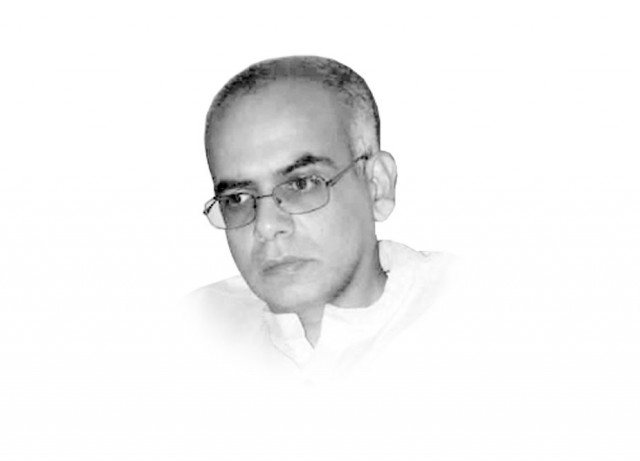NAP and madrassa reforms
Substantiating a causal link between madrassa education and terrorism remains a contentious issue

The writer is author of the book Development, Poverty and Power in Pakistan, available from Routledge
While the inculcation of biases has been noted within the public sector curriculum, madrassas in the country have specifically come under the glare of public scrutiny for their alleged links with the growing intolerance and violence against other sects, minorities and the state. A proportion of academics, policymakers and media sources, both within and outside Pakistan, think there is a relationship between madrassa curriculum and religious extremism, militancy, Talibanisation and terrorism. International Crisis Group reports on madrassas in Pakistan, for instance, maintain that while all madrassas are active centres of jihadi militancy, even those without direct links to violence promote an ideology that provides religious justification for sectarian and jihadi violence.
Yet, substantiating a causal link between madrassa education and terrorism, and ascertaining which madrassas are promoting violence, and how and why they do so, remain contentious issues. Which madrassas fall prey to promoting militancy, and what factors catalyse this process is a subject of ongoing debate.
It is important to realise that madrassas are not homogenous entities. They vary in their ideological character and the education they impart, from neighbourhood evening religious schools to those incorporating a more radical or militant viewpoint.
The need to undertake madrassa reforms in order to curb terrorism has been on the policy agenda of our government, as well as its major international donors, since over a decade. However, the progress made in this regard has not been impressive.
Earlier attempts to regulate madrassas focused on administrative measures such as regularisation, monitoring their sources of funding or, at best, trying to introduce modern subjects into the madrassa curriculum. Despite continuing opposition from the religio-political parties, the NAP seemed adamant to not only take up the pending registration and financial auditing challenges, but also initiate curriculum reforms to tackle the problem of terrorism and violence.
The government has also divided existing madrassas in the country on the basis of their perceived threat of promoting extremism. These four categories include the madrassas which are identified as potential threats, those deemed ‘highly sensitive’, ‘sensitive’ or else as being ‘non-extremist’. However, the basis for this categorisation remains unclear.
There is need for accessible information concerning what particular reasons have been used to categorise specific madrassas as being ‘potential threats’ or as being ‘non-extremist’, and also to elaborate what curricular distinctions are evident between madrassas which lie on opposite sides of this perceived threat spectrum.
Unless more information is available to substantiate the link between how specific madrassas are promoting violence through their existing curriculum, and clear-cut plans revealed about the specific curricular and pedagogical reforms will be implemented to address this problem, assessing the progress made in this regard will remain impossible.
Published in The Express Tribune, July 17th, 2015.
Like Opinion & Editorial on Facebook, follow @ETOpEd on Twitter to receive all updates on all our daily pieces.














COMMENTS
Comments are moderated and generally will be posted if they are on-topic and not abusive.
For more information, please see our Comments FAQ